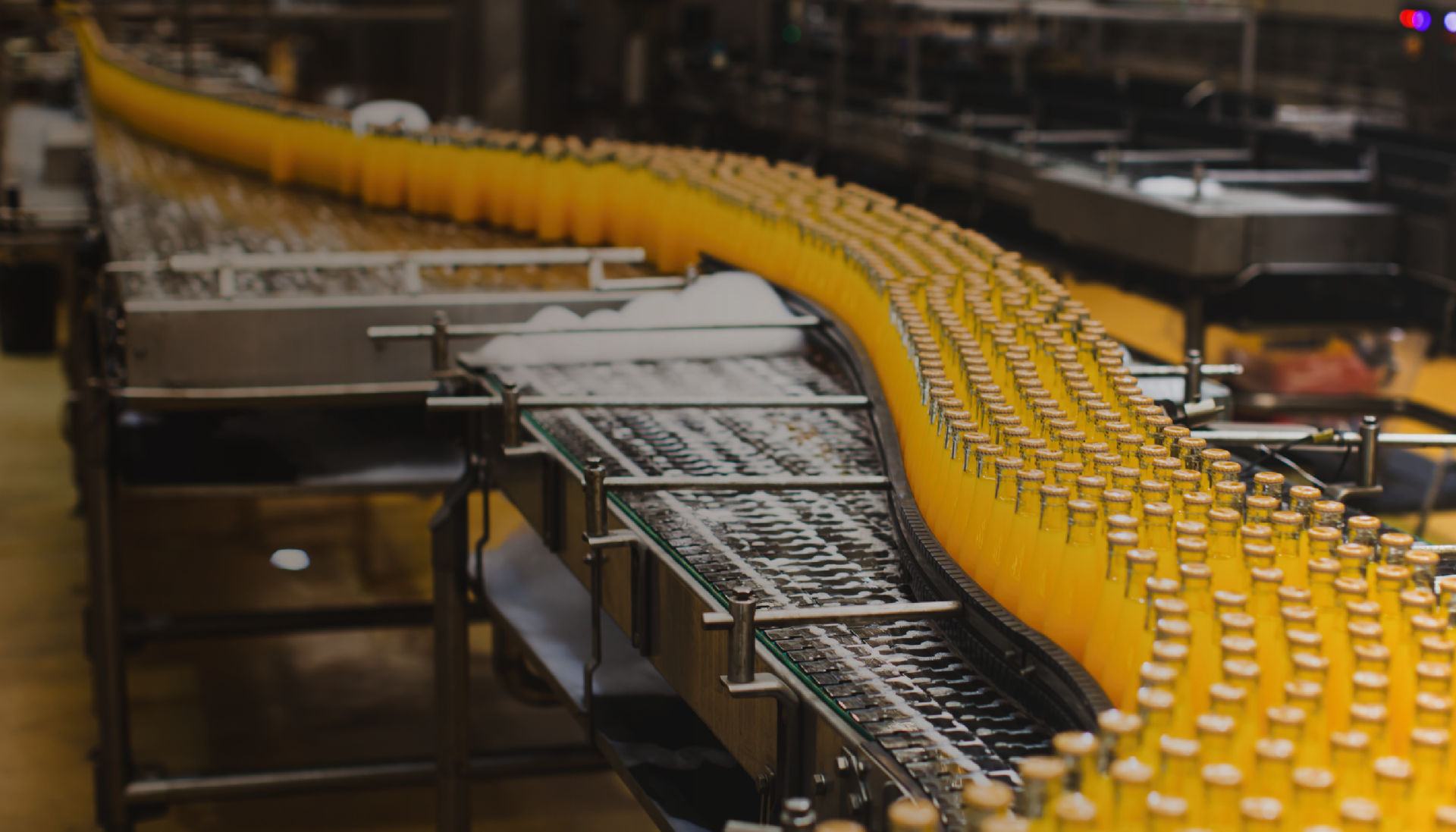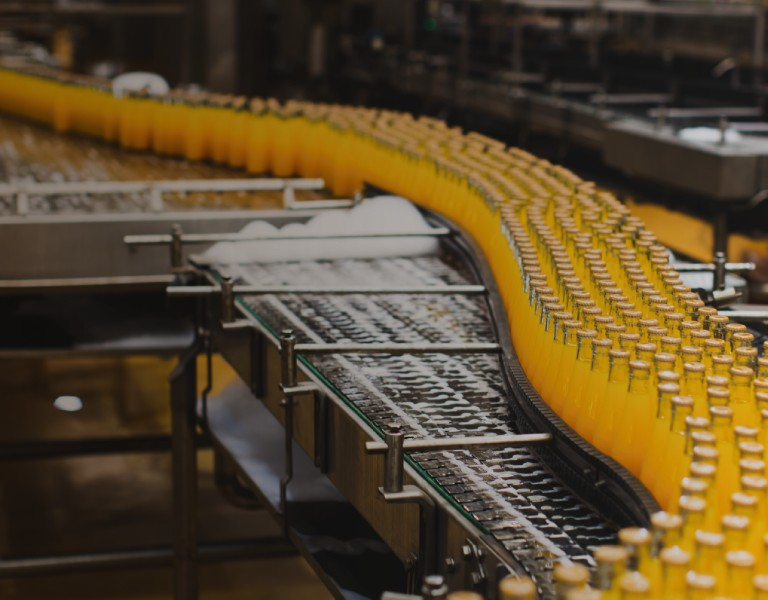In this three part blog series, John Broadbent, External Consultant at Fortude, explains how F&B manufacturers can do more with less while transforming business processes and services using digital technologies such as Industry 4.0.
Is digital transformation a fad, a necessary evil, or mere noise? How does your manufacturing business view digital transformation? Depending on how the business leadership perceives digital transformation, a manufacturing business may see it as a headwind or a tailwind. But, whether we like it or not, digital transformation (DTx) is happening!
If you think about this for a moment, I’m sure you’d agree this open-loop method is less than ideal. It’s almost a ‘send it to the factory and hope for the best’ approach.
Lack of real-time visibility and operating in open-loop mode adversely affects:
• Attainment
• Adherence to schedule
• Planning
• MRP runs
• Raw material and FG discrepancies
• Requirement for safety stock
• Unfavourable variances
• Customer deliveries and DIFOT impacts
Closed-loop manufacturing
Let’s look at how a closed-loop manufacturing environment might operate when DTx is embraced, enabling data collection and timely information delivery.
Imagine a ‘smart factory’ where all the layers of manufacturing systems, from ERP to factory floor (also called “Top Floor to Shop Floor”), work seamlessly and in real-time.
The ERP generates production orders, which, when released, automatically find their way to the various systems on the factory floor.When orders are commenced, usually via a human-machine interface (HMI), a message is automatically sent back to the ERP to notify the order has started.
Along the production route, important operations (such as weighing) record actual values and report these consumptions in real-time, back to the ERP, allowing the ERP to adjust stock-on-hand (SoH) and more effectively manage its inventory. If a trigger level is reached, planners can place supplier purchase orders well before production reaches completion, averting stock-out situations while lowering safety-stock inventory levels.
As widgets are made, these can either be sent to the ERP individually (e.g., high-cost medical devices), sent as serialized cartons (F&B), or grouped as entire pallets of goods—all automatic without human intervention. This is closed-loop manufacturing. Any change in production, such as breakdowns or delays, can be assessed and, if needed, communicated with the customer.
Visibility
Visibility means planners and customer-service people know what is happening and can adjust plans and deliveries accordingly.
Real-time visibility and information exchange can only be accomplished by embracing digital transformation and adopting closed-loop manufacturing. This increases the agility of a manufacturing business and enables them to respond to changing conditions, both within the four walls of the factory as well as along the external supply chain.
Written by:
John Broadbent
Industry 4.0 Specialist, Fortude
Related Blogs
Subscribe to our blog to know all the things we do


